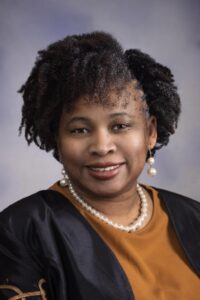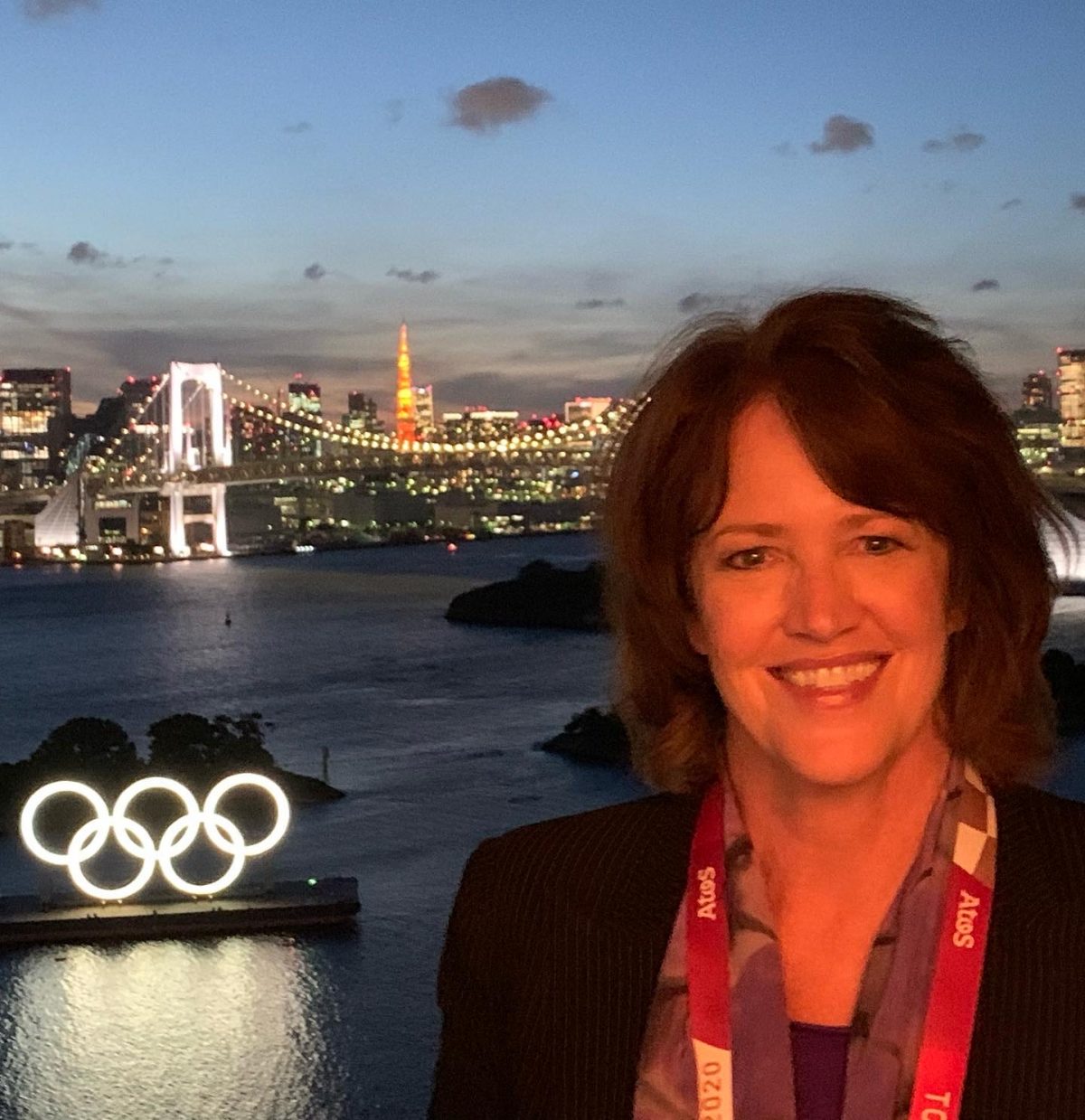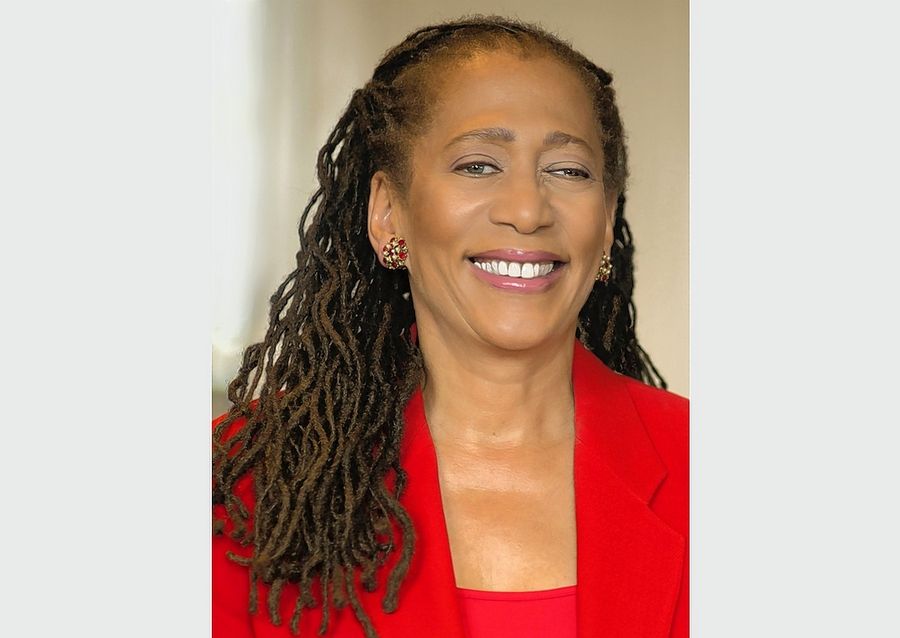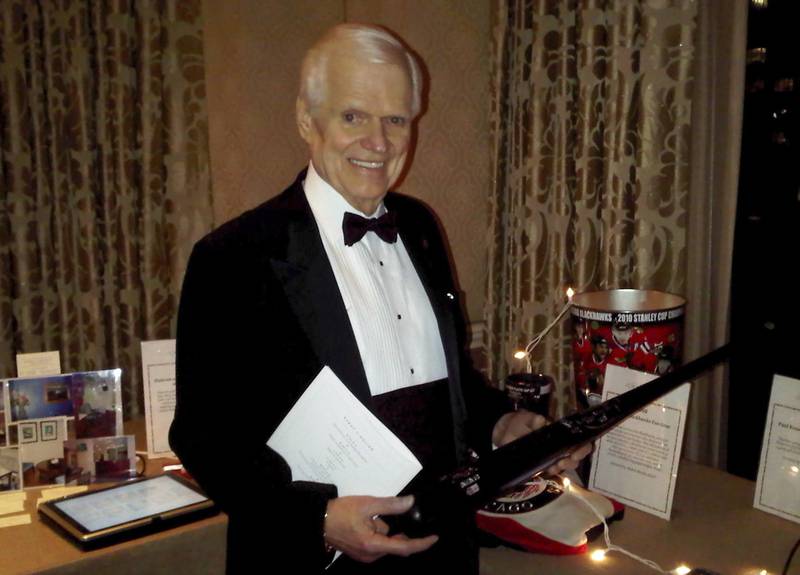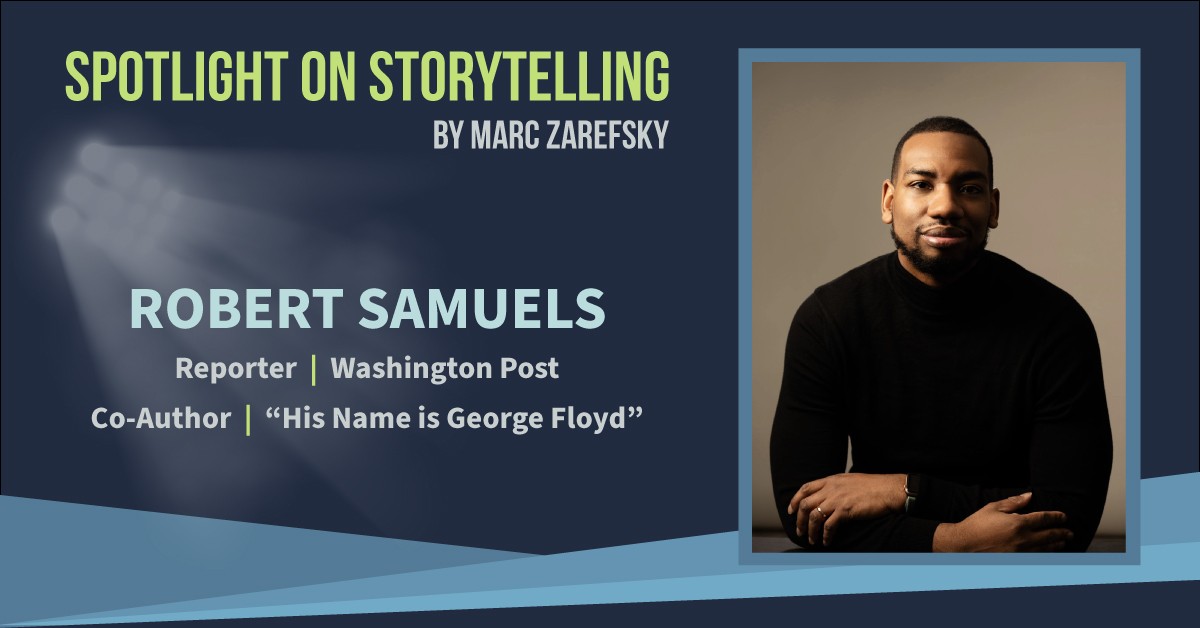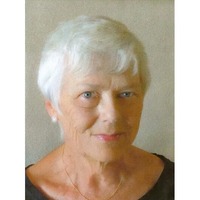By Myles Gilbert
When Christine Brennan was 10, her father would often find her in their living room, school books pushed aside, intently listening to the Toledo Mud Hens broadcast on public radio. Brennan followed the entire 1968 season of the Detroit Tigers Triple-A affiliate in a scorebook she received for her birthday.
“Not only were many 10-year-old girls in America not doing that,” Brennan said. “I dare to say very few 10-year-old boys were doing that.”
That’s who Christine was, and is. Infatuated with scores, stat sheets, and storylines.
Now, at age 64, Brennan has spent more than 40 years covering professional sports and the Olympics for the Miami Herald, The Washington Post and now USA Today. She is also a commentator for ABC News and CNN. Brennan became the Miami Herald’s first female sports reporter in 1981, the Post’s first woman assigned to the Washington Football Team beat in 1985, and the first president of the Association for Women in Sports Media in 1988. A trailblazer in the industry, Brennan is dedicated to help blaze a trail for the next generation of female sports reporters.
“I would be mad at myself if I didn’t give back,” Brennan said.
Growing up in Toledo, Ohio, sports surrounded Brennan, and it became her passion. She and her father dedicated fall Saturdays to college football, attending University of Toledo games just across the street from their home.
Brennan was enthralled by the action. Growing up, she wrote game previews for NBC’s nationally televised baseball games with information she gathered from her own bank of baseball knowledge and her hometown newspaper, the Toledo Blade. She scanned the headlines and box scores of the night before, craving the scoop.
On April 6, 1981, after receiving her bachelor’s and master’s degrees from Northwestern University’s Medill School of Journalism, Brennan became the first female sports reporter at the Miami Herald and covered the University of Florida Gators football program, a coveted beat in South Florida.
Brennan attributes her early success in a male-dominated profession to her editors at the Herald and coaches in South Florida, including legendary Miami Dolphins head coach Don Shula, because they brought her into the newsroom and locker room and allowed her to thrive.
In 1984, Brennan moved to The Washington Post, where then-sports editor George Solomon was inspired by her presence on his team.
“I was impressed with her professionalism and how she cultivated sources,” Solomon said. “She knew it wasn’t easy, but she was respected.”
Grateful for the opportunities she was given to live out her dream, Brennan was inspired to give back, recalling a saying her father often quoted from the New Testament: “To whom much is given, much is expected.”
In 1988, Brennan was elected president of the Association for Women in Sports Media, beginning her mentorship and support of female journalists. She helped found a scholarship-internship program, which has impacted almost 200 women, according to Brennan.
Michele Himmelberg, one of the organization’s founders, commends Brennan for championing women’s rights in her reporting.
“She is a strong, fair and righteous voice on important issues that need to be called out,” Himmelberg said. “She forces all of us to think about how wrong these issues are outside sports.”
For 13 years, beginning in 1999, Brennan pressed officials at the Masters Tournament, hosted at the Augusta National Golf Club, about the club’s lack of female members, returning every spring to ask the same question.
“I was public enemy number one of Augusta National,” she said. “But you can ask tough questions and still admire the event.”
Finally, in 2012, Brennan broke the news that Augusta National had admitted its first two female members, a scoop she credited to her friendly relationship with Billy Payne, then chairman of Augusta National, dating back to his days as the head of the 1996 Atlanta Olympics.
“You treat people right and they treat you right,” she said.
Brennan said she wants to be remembered for looking to the future and helping others, especially those without the same opportunities she had.
“Christine is incredibly generous with her time,” said Charles Whitaker, who was a classmate of Brennan’s at Medill and now serves as dean. “Whether it’s for career advice or just to find a mentor, I always direct students to Christine.”
Himmelberg recalled crowds of young female reporters huddled around Brennan at Association for Women in Sports Media conventions to introduce themselves.
“They flock around Christine because she’s so positive and they soak it all in,” Himmelberg said. “She’s always ready to actively mentor young women and give them hope, direction and guidance.”
What has been most gratifying for Brennan is her activism and compassionate reporting.
“If I were remembered at all,” she said, “I would want to be remembered as someone who gave back, and someone who had an unquenchable thirst to motivate and encourage those coming after me.”
